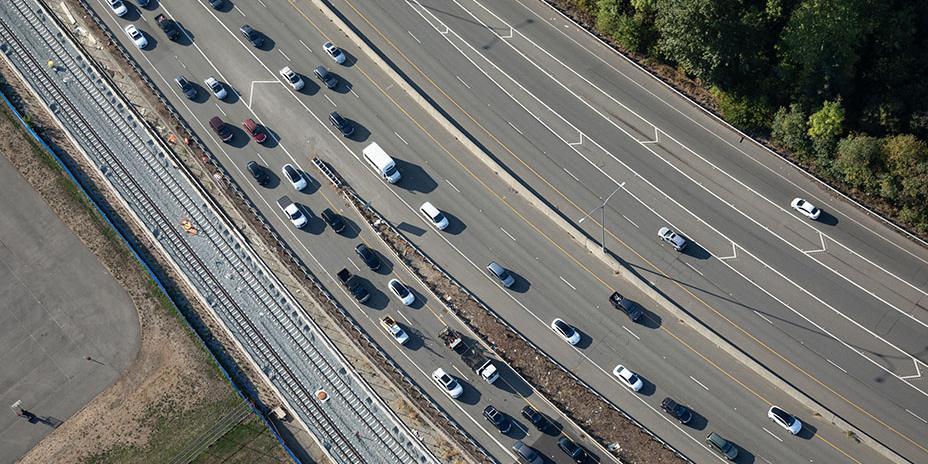The Regional Transportation Improvement Program (TIP) provides a summary of current transportation projects underway within King, Pierce, Snohomish, and Kitsap counties. These projects are funded with federal, state and local funds, including the most recent federal grants awarded through PSRC.
TIP Materials and Resources
- Triennial Review Information
- 2026 Annual Certification Form
- Federal Functional Classification/Urbanized Areas
- Financial Constraint Guidance (PDF)
- Glossary of Funding Sources
- Glossary of Terms and Abbreviations updated June 2010 (PDF) [PDF/36KB]
- Map of Congressional Districts (PDF) [PDF/346KB]
- Map of Federal Urban/Rural Boundaries (PDF)
- Regional Transportation Plan Projects and Approval Process
- WSDOT - Statewide Transportation Improvement Program (STIP)

